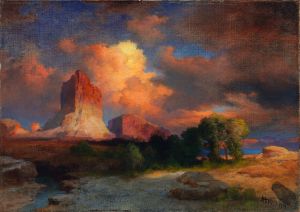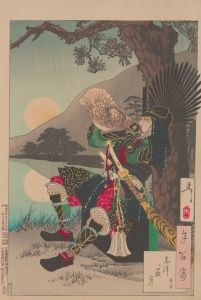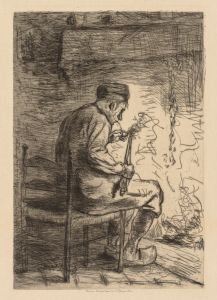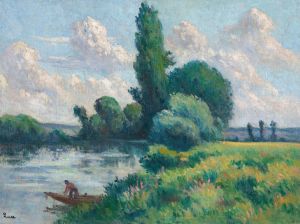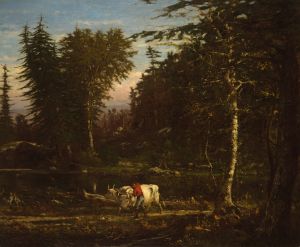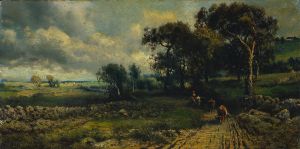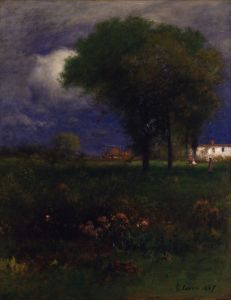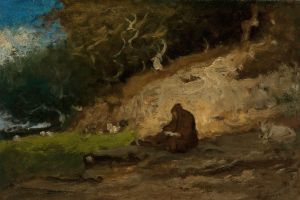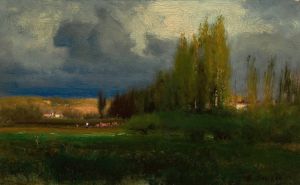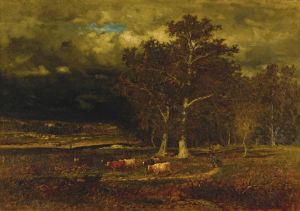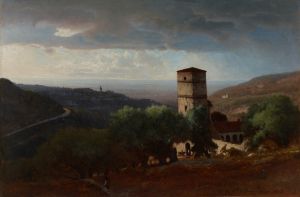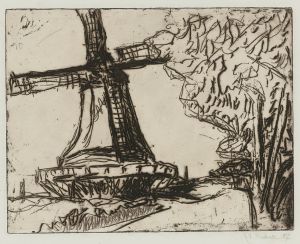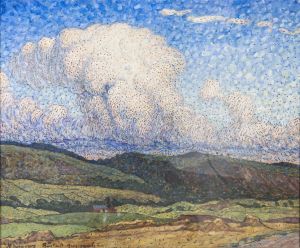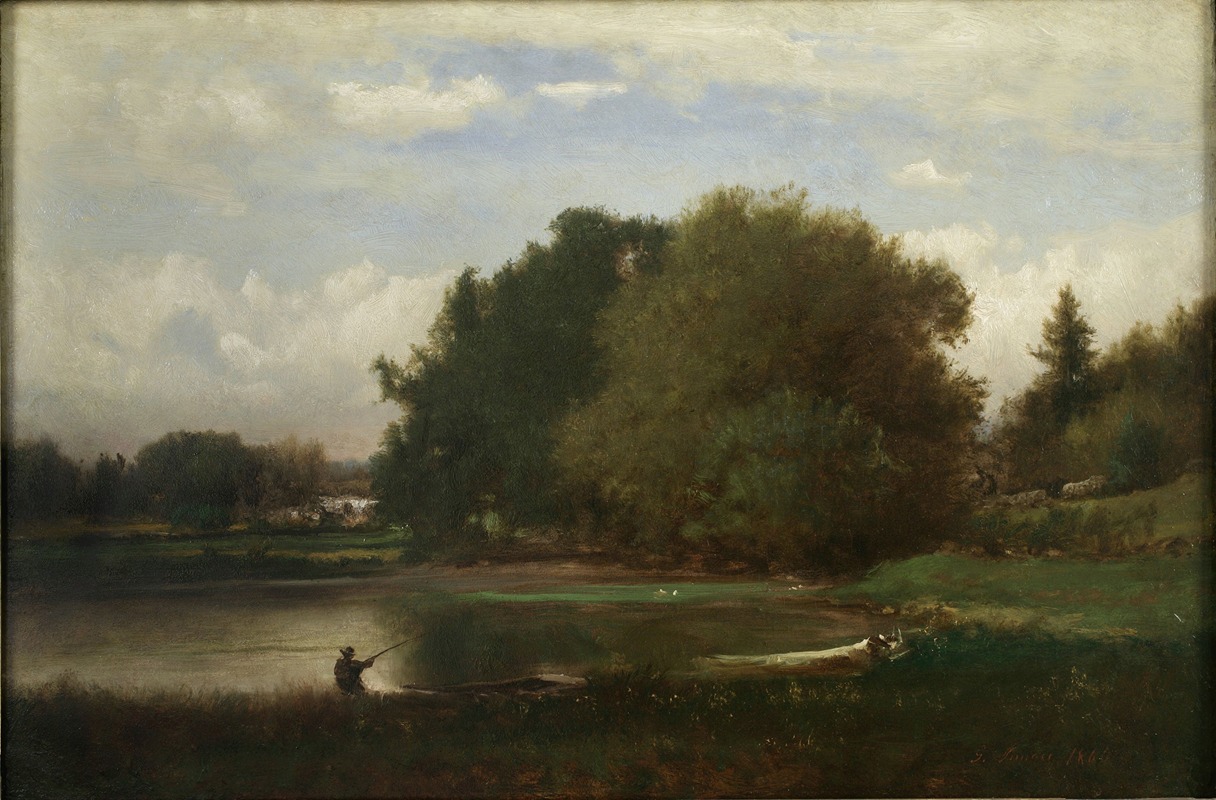
Landscape
A hand-painted replica of George Inness’s masterpiece Landscape, meticulously crafted by professional artists to capture the true essence of the original. Each piece is created with museum-quality canvas and rare mineral pigments, carefully painted by experienced artists with delicate brushstrokes and rich, layered colors to perfectly recreate the texture of the original artwork. Unlike machine-printed reproductions, this hand-painted version brings the painting to life, infused with the artist’s emotions and skill in every stroke. Whether for personal collection or home decoration, it instantly elevates the artistic atmosphere of any space.
George Inness was a prominent American landscape painter associated with the Hudson River School and later the Tonalist movement. His painting "Landscape" is one of his many works that exemplify his mature style, characterized by a focus on mood and atmosphere rather than detailed representation. Inness's approach to landscape painting was deeply influenced by his spiritual beliefs, particularly those inspired by the writings of Emanuel Swedenborg, a Swedish theologian and philosopher.
Inness was born in 1825 in Newburgh, New York, and grew up in Newark, New Jersey. He began his artistic training in his late teens, studying with various artists and eventually traveling to Europe to further his education. Inness was particularly influenced by the works of the French Barbizon School, which emphasized naturalism and the depiction of light and shadow in landscape painting. This influence is evident in his work, including "Landscape," where he often sought to capture the transient effects of light and atmosphere.
"Landscape" by George Inness is a reflection of his mature style, which he developed in the latter part of his career. During this period, Inness moved away from the detailed and precise depictions characteristic of the Hudson River School and embraced a more expressive and emotive approach. His landscapes became more about conveying a sense of mood and spirituality, often using softer brushwork and a more subdued color palette.
Inness's work is noted for its ability to evoke a sense of tranquility and introspection. He often depicted scenes of the American countryside, capturing the beauty and serenity of nature. In "Landscape," Inness employs a harmonious composition, where the elements of the scene are balanced and unified, creating a peaceful and contemplative atmosphere. The painting likely features a blend of trees, open fields, and a distant horizon, typical of Inness's landscapes, which invite viewers to reflect on the beauty and spirituality of the natural world.
Throughout his career, Inness was recognized for his unique approach to landscape painting. He received numerous accolades and was an influential figure in the American art scene. His work was exhibited widely, and he was a member of the National Academy of Design. Inness's paintings, including "Landscape," are held in high regard and are part of the collections of major museums and galleries.
George Inness passed away in 1894, leaving behind a legacy of work that continues to be celebrated for its contribution to American art. His ability to blend naturalism with a deep sense of spirituality and emotion has made his landscapes enduringly popular. "Landscape" is a testament to Inness's skill in capturing the essence of the natural world and his ability to convey a profound sense of peace and introspection through his art.





